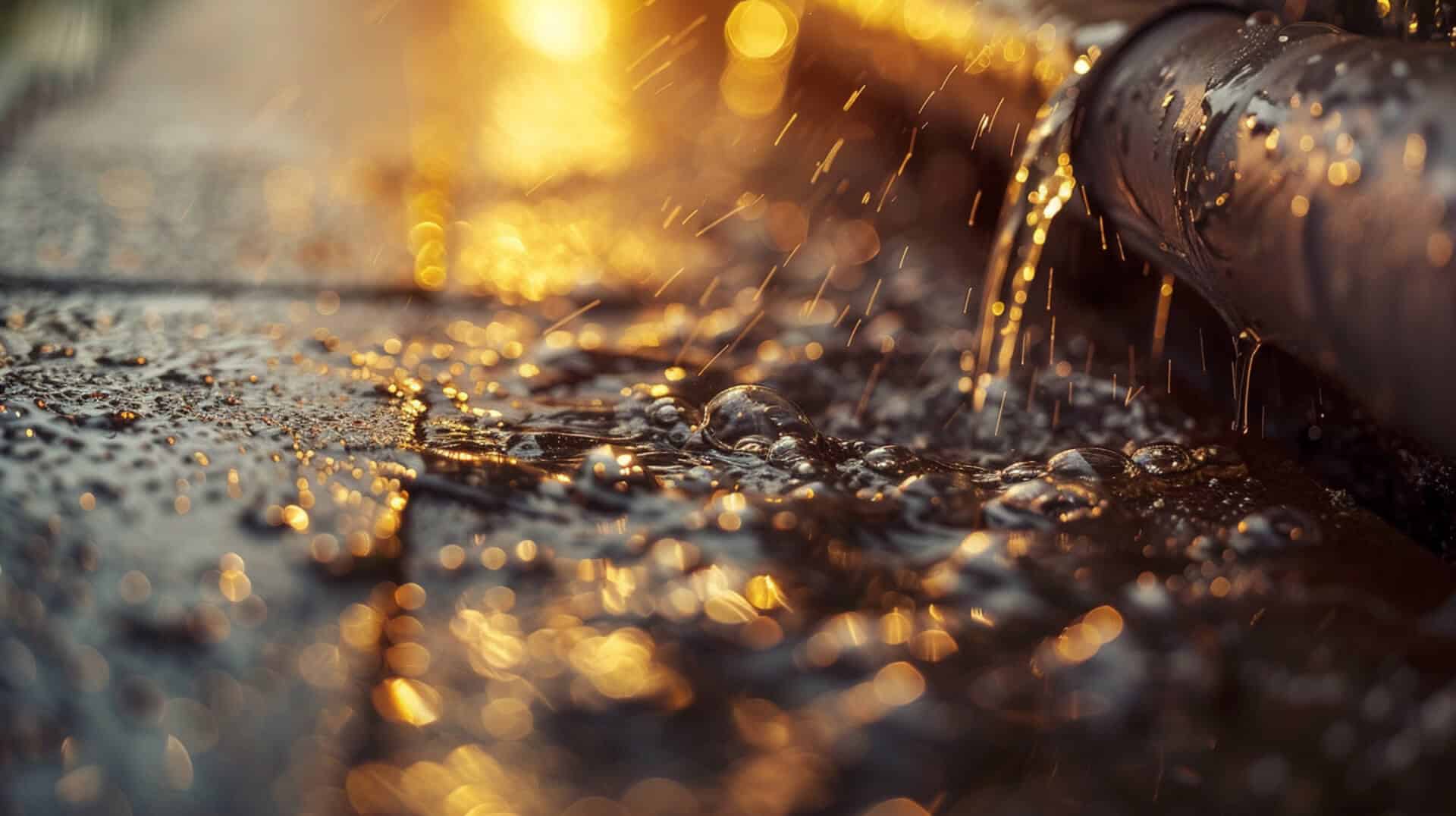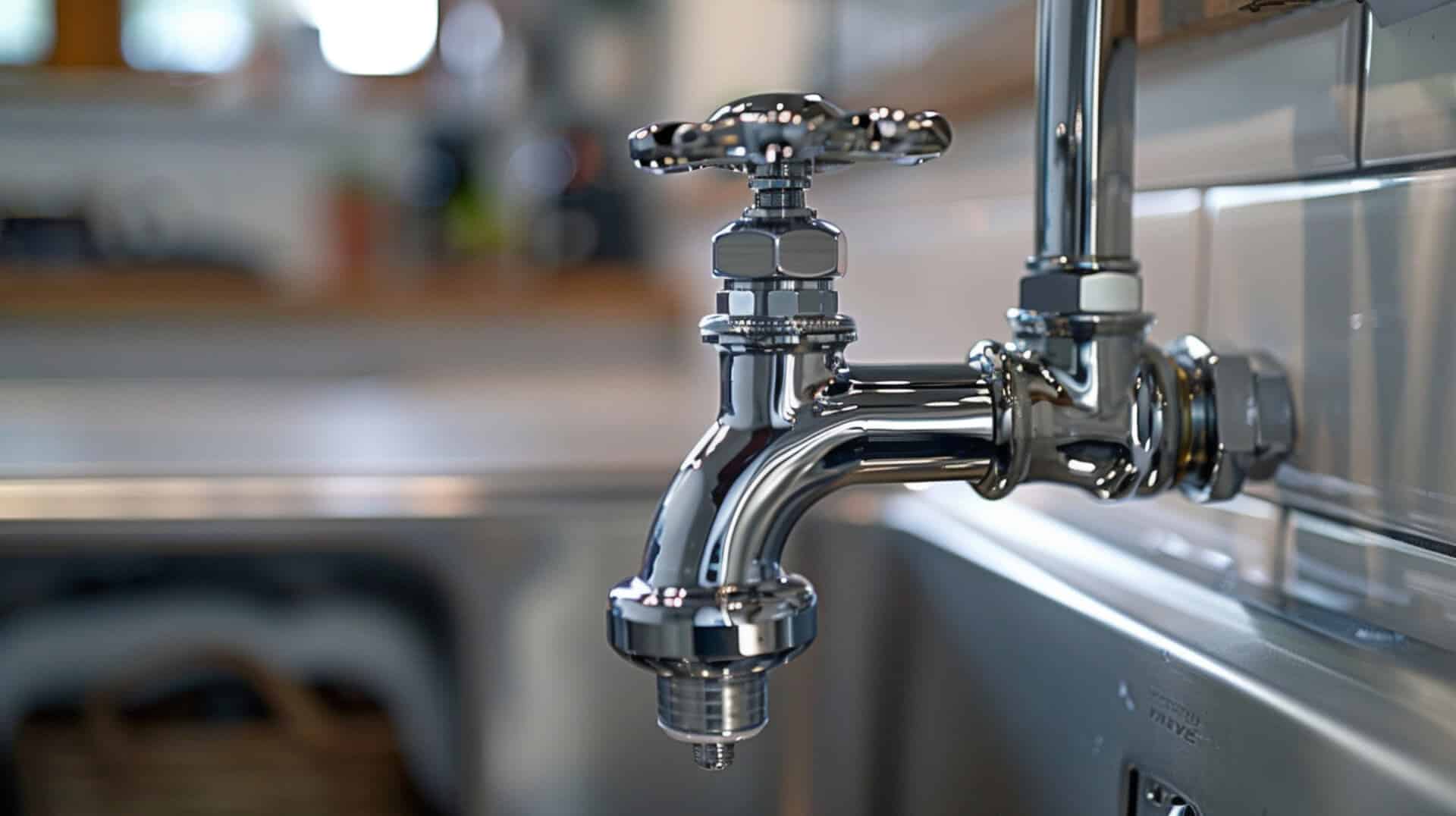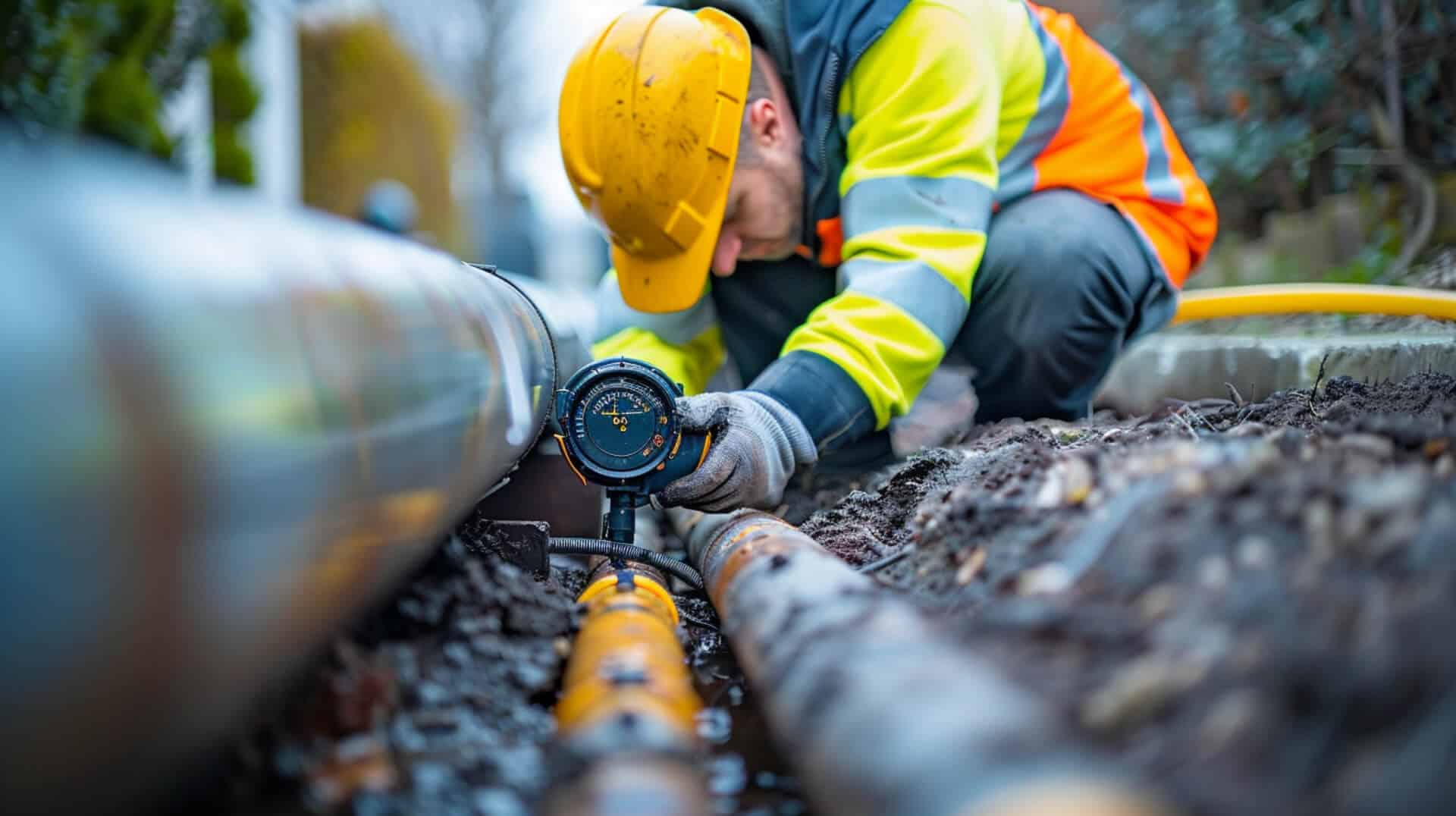 What Are The Steps Involved In Drainage Pipe Descaling
What Are The Steps Involved In Drainage Pipe Descaling
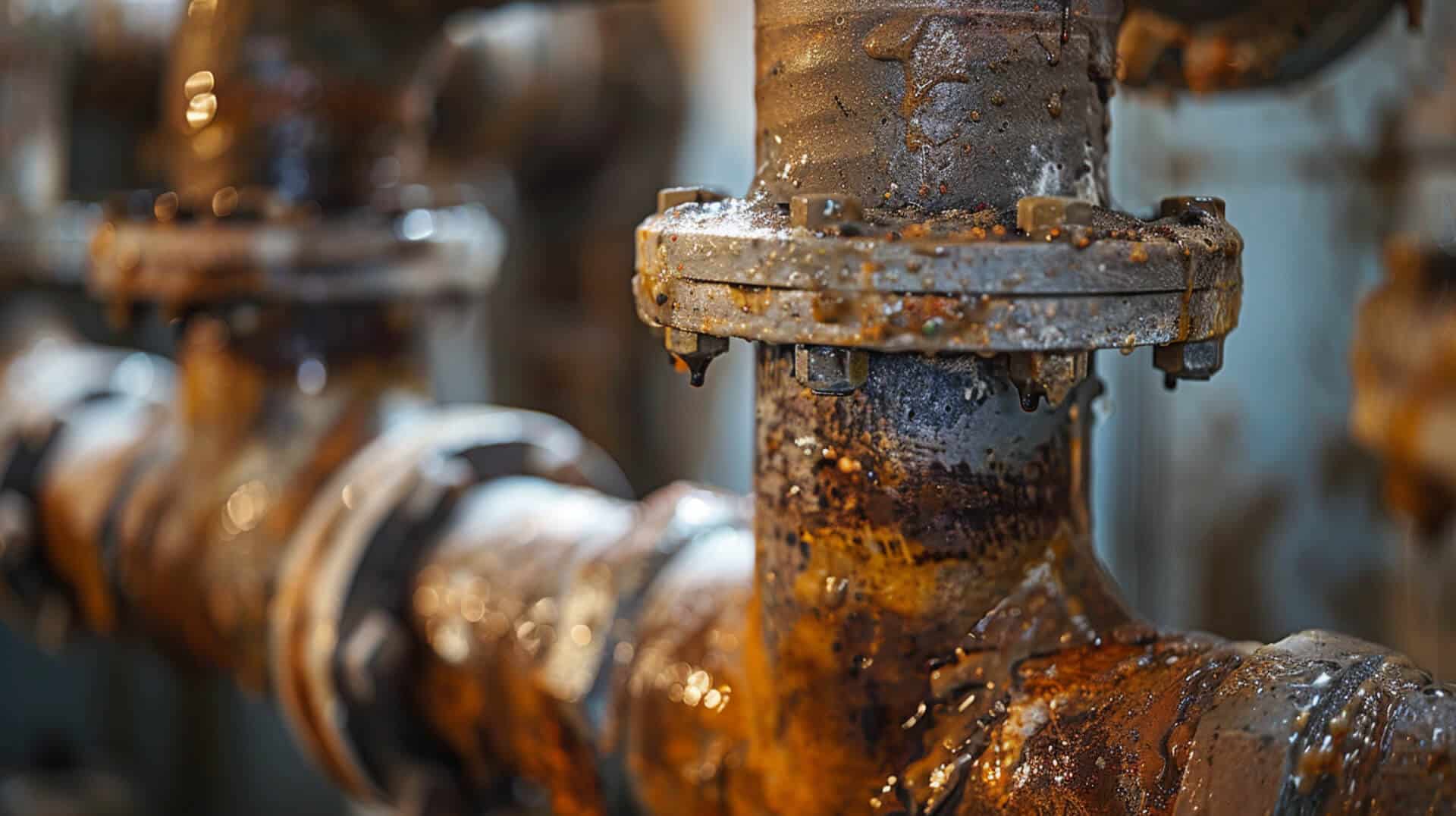
Drainage pipe descaling is a critical maintenance process for any property’s plumbing system. Over time, the internal surfaces of pipes accumulate mineral deposits, detergents, and grease, a condition known as scale buildup. This can lead to reduced water flow and increased pressure on the pipes, potentially causing damage and costly repairs.
What is Pipe Descaling?
Pipe descaling is the procedure of removing these accumulated deposits to restore optimal function to the plumbing system. It is an essential aspect of property maintenance that ensures the longevity and efficiency of pipes.
Effects of Scale Buildup
Scale buildup can significantly affect plumbing systems over time. If left unaddressed, it can lead to blockages, reduced water pressure, and even pipe corrosion. These issues can disrupt daily operations and result in expensive repair work.
Causes of Scale Buildup
The primary causes of scale buildup include the presence of minerals such as calcium and magnesium in the water, as well as residue from detergents and grease. These substances adhere to the pipe walls and gradually accumulate, narrowing the pipe’s diameter and affecting water flow.
Proactive Benefits
For property owners, business owners, and facility managers, addressing scale buildup proactively is beneficial. Regular descaling can prevent the aforementioned issues, maintain water quality, and avoid interruptions in service. It is a preventive measure that saves time and money in the long run by avoiding emergency repairs and extending the lifespan of the plumbing infrastructure.
Recognising the Need for Pipe Descaling
Recognising when your drainage pipes require descaling is essential for maintaining the integrity of your plumbing system. Several indicators can alert you to the necessity of this maintenance task.
Signs of Scale Buildup
The most common sign that suggests the need for pipe descaling is reduced water flow. This symptom often manifests due to the narrowing of pipes from scale accumulation. If you notice a significant decrease in water pressure or a slow drain, it may be time to consider descaling.
Stains and Odours as Indicators
Another telltale sign is the presence of stains or discoloration on fixtures connected to the water system, along with unpleasant odours emanating from drains. These issues often arise from the bacteria that thrive in the environments created by scale buildup.
The Role of Regular Inspections
To prevent long-term damage and costly repairs, regular inspections are recommended. These can help identify scale buildup at an early stage, allowing for timely intervention. By incorporating routine checks into your property’s maintenance schedule, you can ensure the longevity and efficiency of your plumbing system.
Overview of Descaling Methods
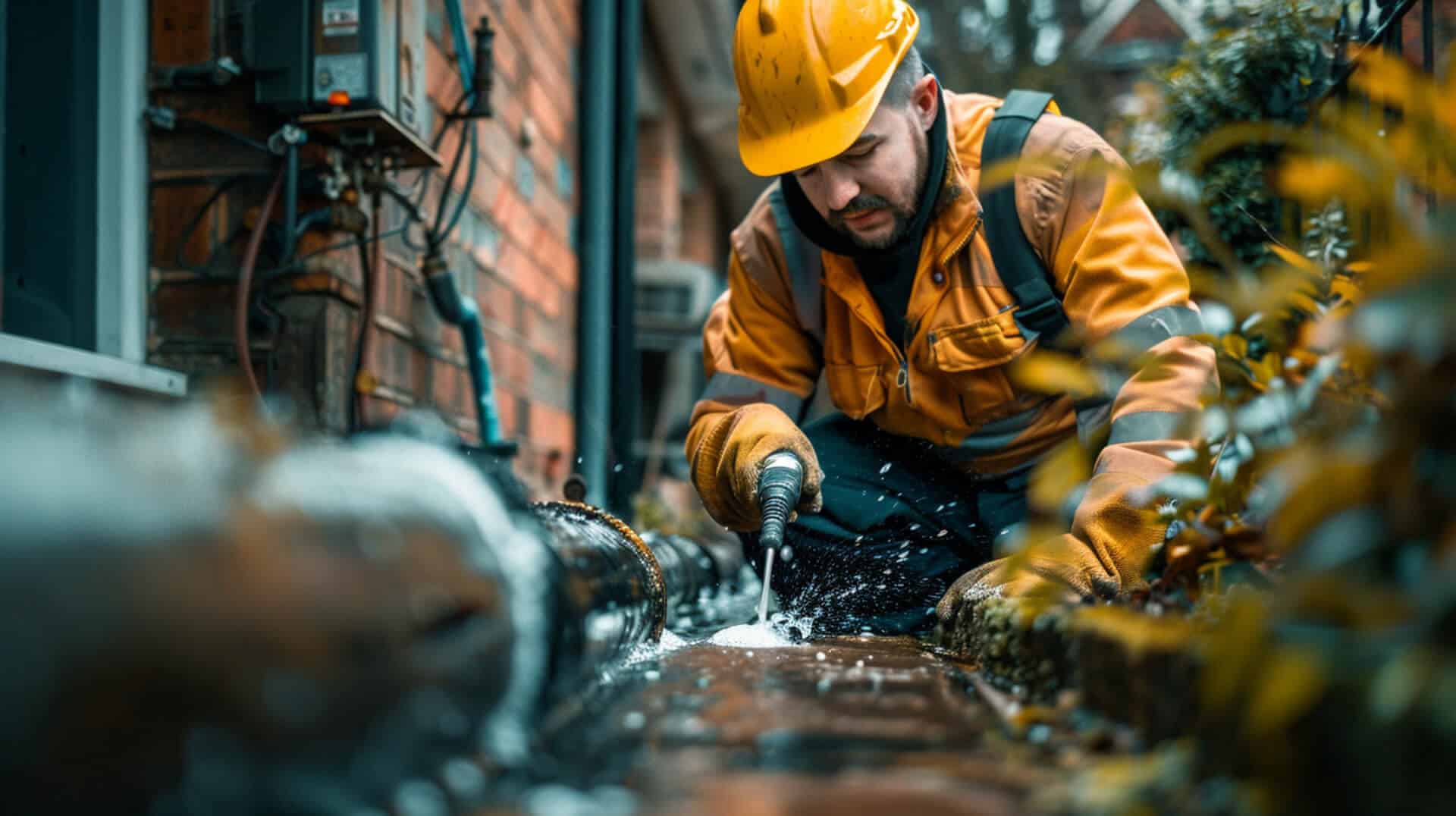
When it comes to descaling drainage pipes, there are several methods available, each with its own set of advantages and considerations. The choice of technique is influenced by factors such as the severity of scale buildup, pipe material, and the need for efficiency and safety.
Comparing Descaling Techniques
Mechanical descaling involves physically removing scale using tools like snakes or picote milling machines. Chemical descaling uses acids, such as hydrochloric or citric, to dissolve the buildup. Hydro-jetting, a more comprehensive method, uses high-pressure water streams to clear pipes of debris, scale, and even roots.
Factors Influencing Method Selection
The selection of a descaling method depends on the pipe’s material and condition, the extent of the scale buildup, and accessibility. For instance, hydro-jetting is highly effective but may not be suitable for older, fragile pipes.
Importance of Safety and Efficiency
Safety is paramount when handling descaling equipment, especially when using chemical solutions. Efficiency ensures that the descaling process minimises downtime and restores pipe functionality promptly. It is crucial to select a method that balances these two aspects to maintain a functional plumbing system without compromising the well-being of those involved.
The Importance of Professional Assessment
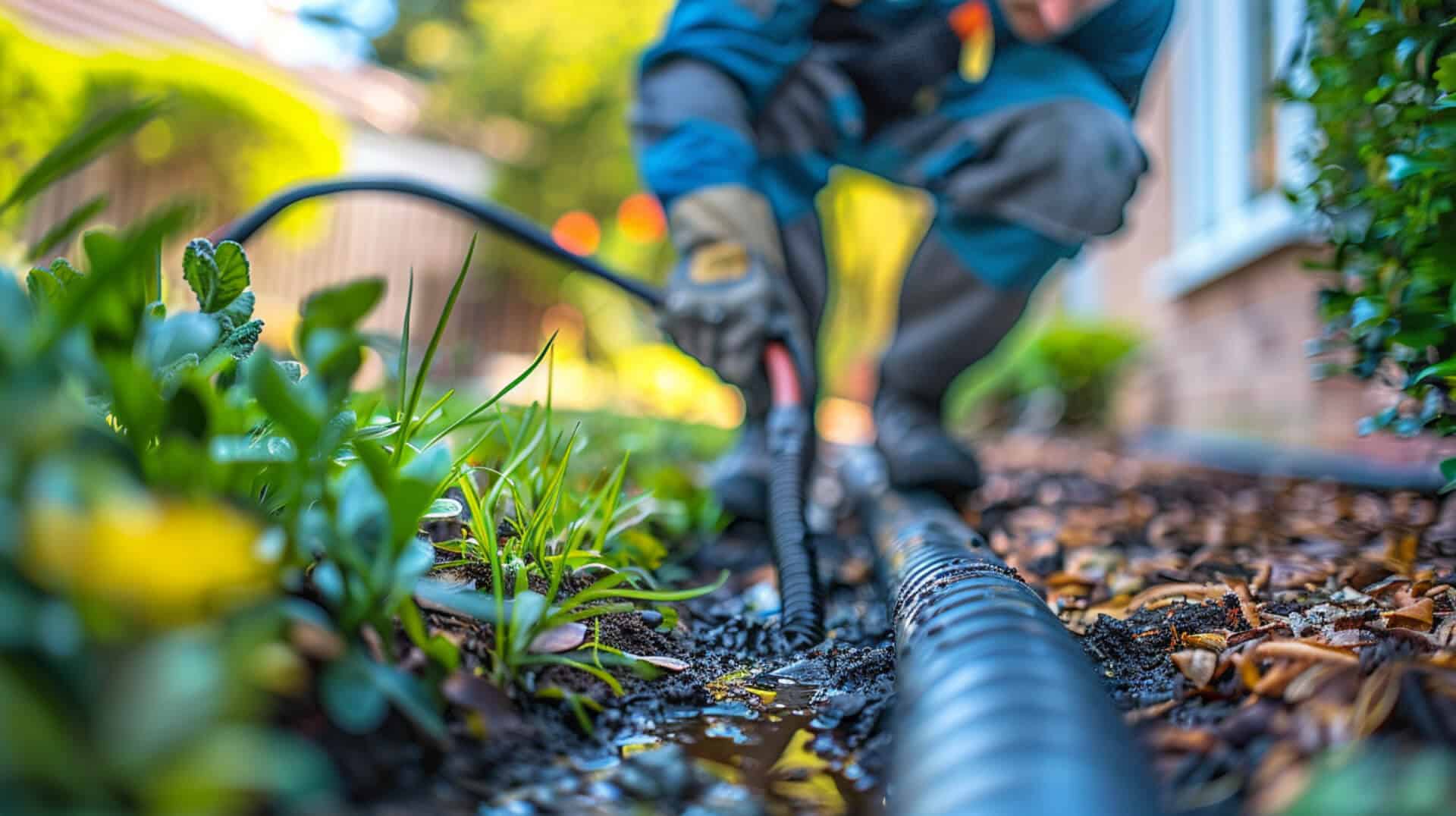
When considering the maintenance of your property’s plumbing system, professional descaling services offer a level of precision and safety that DIY attempts may not achieve.
Professional Assessment of Drainage Pipes
Professionals in the field of plumbing utilise a variety of diagnostic tools, such as inspection cameras, to assess the condition of drainage pipes. This allows them to identify the extent of scale buildup and any potential damage to the pipe’s structure.
Risks of DIY Descaling
While some minor maintenance tasks can be handled independently, descaling often involves risks that can lead to pipe damage or personal injury. Professionals are trained to handle these risks, ensuring that the descaling process is conducted safely.
Ensuring a Precise and Safe Descaling Process
Professionals ensure a precise and safe descaling process by:
- Adhering to safety protocols, especially when handling chemical descalers or operating high-pressure equipment.
- Tailoring the descaling method to the specific material and condition of the pipes, thereby avoiding unnecessary damage.
- Utilising their expertise to choose the most effective tools and techniques for each unique situation.
By opting for professional descaling services, you can rest assured that your plumbing system is in capable hands, minimising the potential for future issues.
Tailoring Techniques to Pipe Materials

The material of your drainage pipes plays a crucial role in determining the appropriate descaling approach. Different materials have varying levels of resistance to corrosion and abrasion, which affects how they should be treated during the descaling process.
Variability in Pipe Materials
- Cast Iron Pipes: These are prone to corrosion and scale buildup. Mechanical descaling can be effective, but care must be taken to avoid damaging the pipe’s interior.
- Copper Pipes: Less susceptible to corrosion but can be damaged by aggressive chemical descalers. Mild acids or mechanical methods are often preferred.
- Concrete Pipes: Typically robust, but abrasive methods can erode the surface. Hydro-jetting is effective but should be performed at appropriate pressures.
Precautions for Different Pipe Materials
Professionals take several precautions based on the pipe material:
- For cast iron: They often avoid overly aggressive mechanical methods that might lead to cracks or breaches.
- For copper: They use lower concentrations of chemical descalers to prevent pitting and preserve pipe integrity.
- For concrete: They ensure that water pressure during hydro-jetting is controlled to prevent surface damage.
Professional Method Determination
Professionals determine the best descaling method by:
- Conducting thorough inspections to assess the scale’s extent and pipe condition.
- Considering the pipe’s age and any previous repairs or issues.
- Balancing the effectiveness of the descaling method with the need to preserve the pipe’s lifespan.
By tailoring the descaling technique to the specific material of your pipes, professionals can ensure the longevity and functionality of your plumbing system.
Tools and Equipment for Effective Descaling
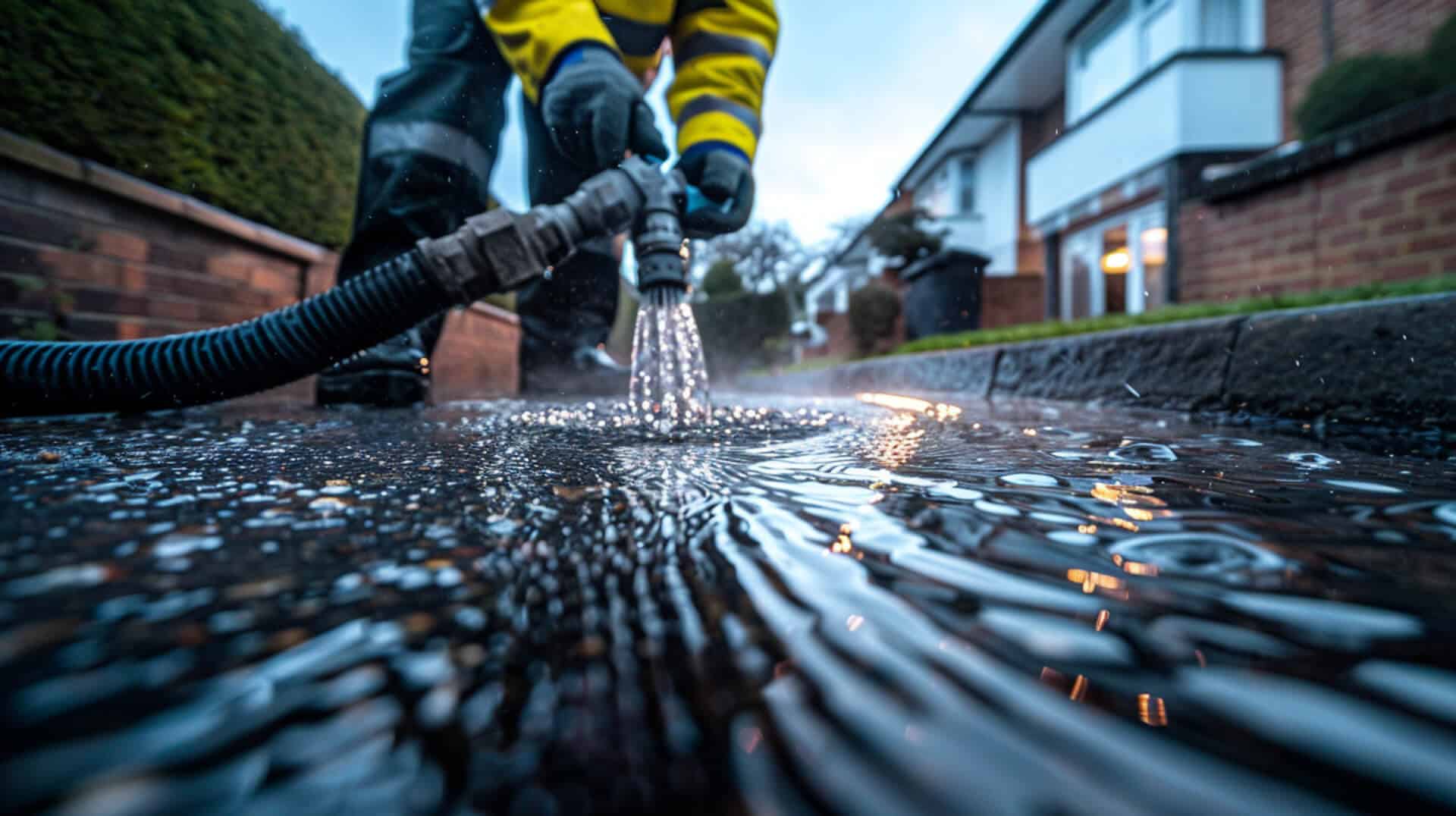
Selecting the appropriate tools and equipment is a critical step in the descaling process. The choice of equipment is tailored to the specific needs of the job, taking into account the type of scale, pipe material, and the extent of the buildup.
Common Tools Used in Descaling
Professionals utilise a variety of tools to effectively remove scale from pipes:
- Snakes: Flexible rods that physically dislodge blockages and scale.
- Hydro-jets: Devices that use high-pressure water streams to clean the interior of pipes.
- Chemical Solutions: Specialised formulas designed to dissolve scale without damaging the pipes.
Working Mechanisms of Descaling Equipment
Each tool operates on a different principle:
- Snakes work by mechanical action, physically breaking apart the scale.
- Hydro-jets use the force of water to remove debris and scale.
- Chemical solutions chemically react with the scale to break it down.
Importance of Equipment Specificity
The specificity of equipment is crucial for several reasons:
- It ensures that the descaling process is effective and thorough.
- It minimises the risk of damage to the plumbing system.
- It allows for a tailored approach that matches the unique challenges of each descaling job.
Professional Tool Selection
Professionals choose the right tool based on:
- The diameter and length of the pipes.
- The composition and hardness of the scale.
- The pipe material to avoid any adverse reactions.
By carefully selecting the appropriate tools, professionals can ensure that the descaling process is conducted efficiently, safely, and with minimal disruption to your property’s plumbing system.
The Role of Hydro-Jetting in Pipe Descaling

Hydro-jetting stands out as a preferred method for comprehensive scale removal in drainage pipes due to its effectiveness and adaptability.
Effectiveness of Hydro-Jetting
Hydro-jetting is highly effective against various types of pipe obstructions, including:
- Debris: The high-pressure water stream can clear out accumulated waste and foreign objects.
- Scale: It efficiently removes mineral and grease buildup that narrows the pipe’s interior.
- Roots: The force of the water can cut through tree roots that have infiltrated the pipes.
Adaptability to Descaling Needs
Hydro-jetting’s adaptability is due to:
- Variable Pressure Settings: Equipment can be adjusted to suit different pipe sizes and materials.
- Descaling Attachments: Specialised nozzles and attachments enhance the cleaning process, allowing for targeted descaling.
Enhancements with Descaling Attachments
Descaling attachments improve the hydro-jetting process by:
- Focusing the Water Stream: Concentrating the force for more stubborn scale.
- Rotating Heads: These can scrub the pipe walls more thoroughly than a static water stream.
By utilising hydro-jetting, professionals can ensure that your drainage pipes are thoroughly cleaned, reducing the likelihood of future blockages and extending the lifespan of your plumbing system.
Chemical Descaling: Pros and Cons
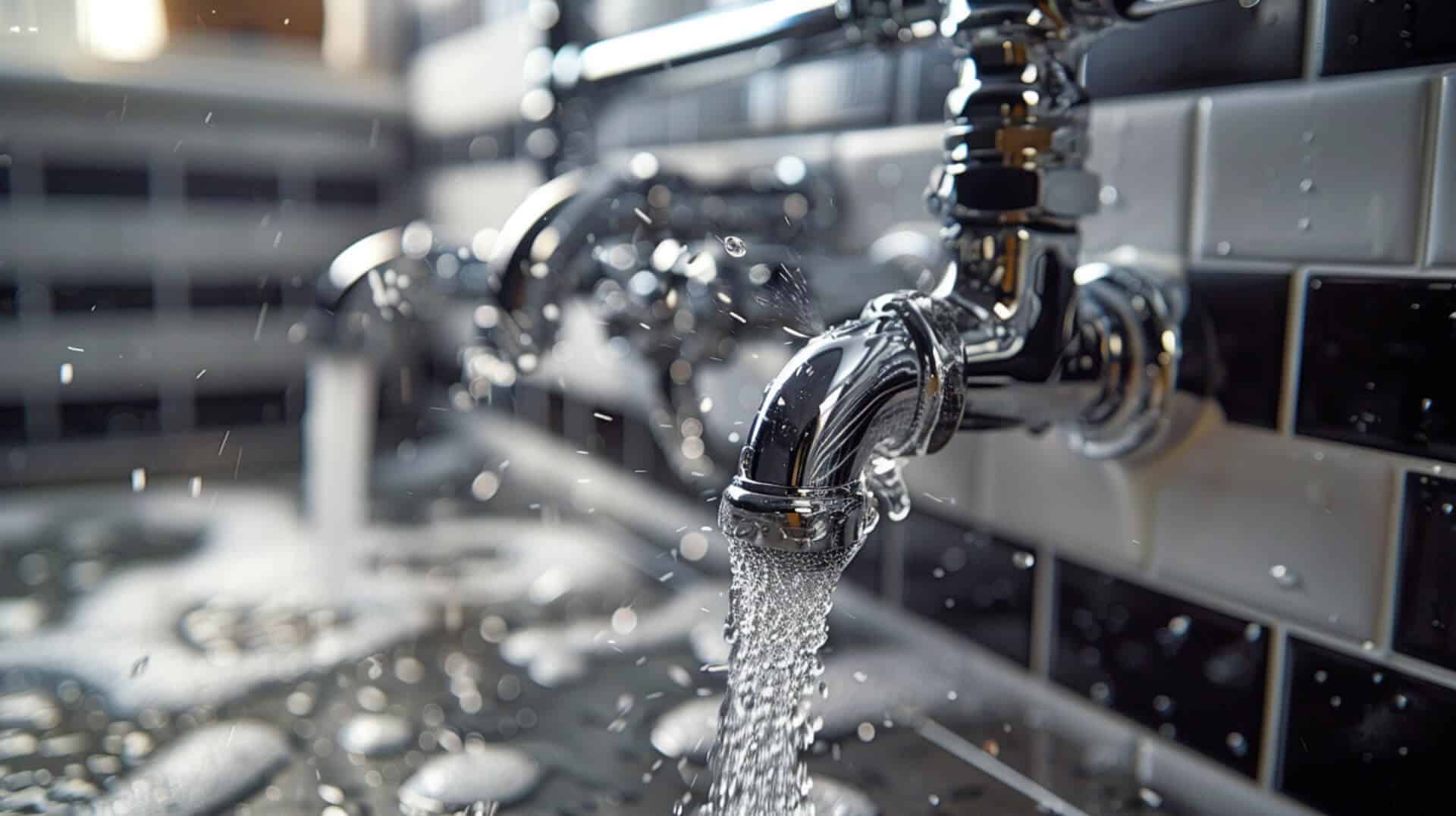
Chemical descaling is a method used to address scale buildup in pipes, employing specific types of acids that react with the scale to dissolve it. While effective, this method requires careful consideration of the potential risks involved.
Chemicals Used in Descaling
In the descaling process, two common types of acids are used:
- Hydrochloric Acid: Known for its potency in dissolving mineral deposits.
- Citric Acid: A milder option that is less corrosive and more environmentally friendly.
Mechanisms of Acidic Descalers
These acids work by:
- Chemical Reaction: They react with the scale, breaking it down into soluble compounds that can be flushed away.
- Dissolution: The acids dissolve the bonds that hold the scale together, effectively removing the buildup.
Potential Risks of Chemical Descaling
The use of chemical descalers carries potential risks:
- Pipe Damage: Incorrect use can lead to corrosion and weakening of the pipe structure.
- Environmental Impact: Disposal of used acids must be managed properly to avoid environmental harm.
Advised Caution with Chemical Methods
Caution is advised due to:
- Health Hazards: Protective gear is necessary to safeguard against harmful fumes and splashes.
- Material Compatibility: Not all pipe materials react well to chemical descalers, necessitating professional guidance.
When considering chemical descaling, it is imperative to weigh the pros and cons, and, if in doubt, consult with a professional to determine the most suitable method for your plumbing system.
Scheduling Regular Maintenance and Descaling
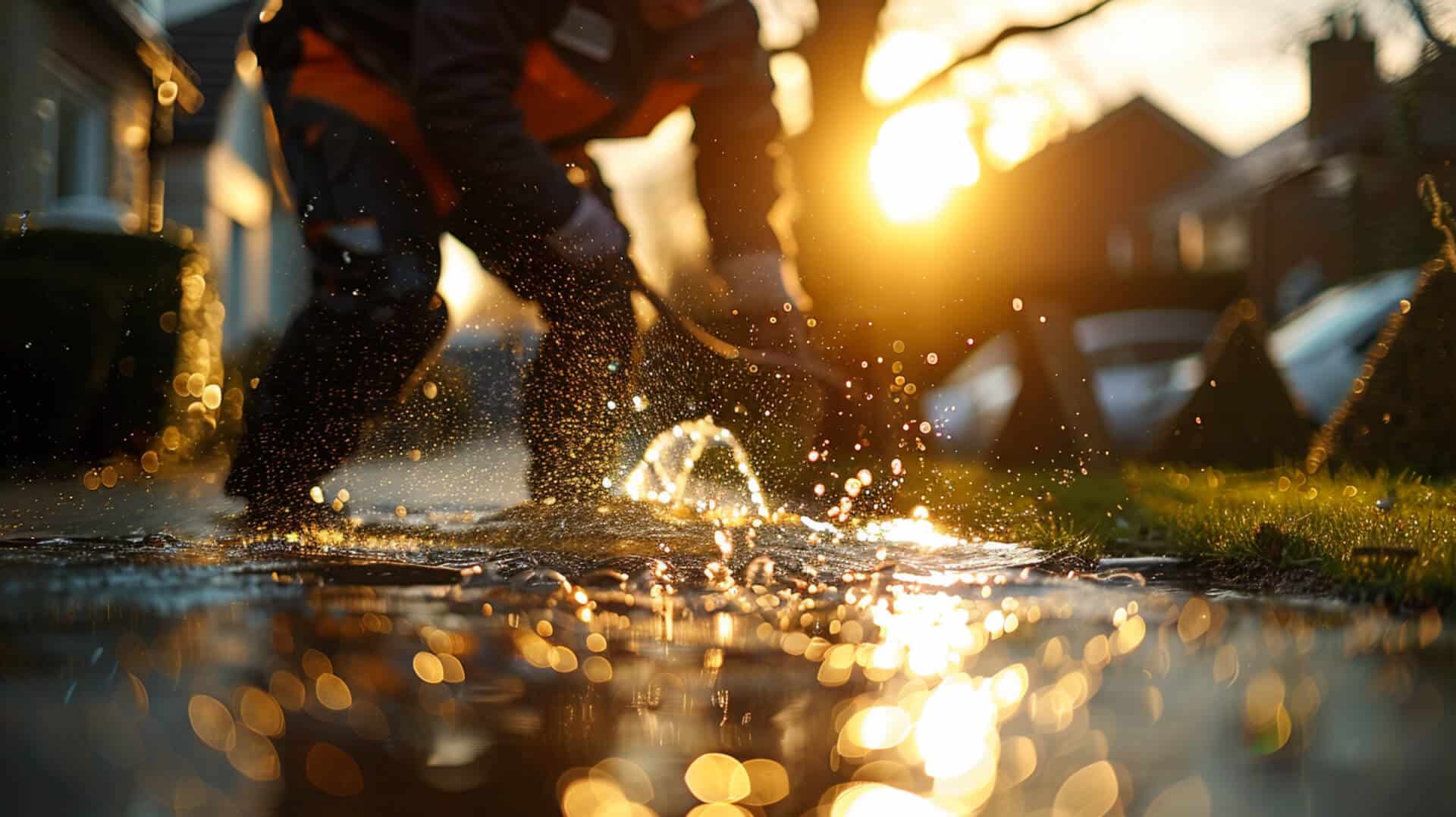
Regular maintenance and descaling of drainage pipes are critical practices that ensure the longevity and proper functioning of your plumbing system.
Determining Descaling Frequency
The frequency of descaling your drainage pipes can vary, but it is generally recommended to perform this maintenance annually. However, several factors may necessitate more frequent descaling:
- Water Quality: Hard water, with higher mineral content, can accelerate scale buildup.
- Pipe Condition: Older pipes or those with a history of scale issues may require more attention.
- Usage Patterns: High-usage systems may experience quicker scale accumulation.
Preventing System Failures Through Maintenance
Regular maintenance is the key to preventing system failures. By scheduling routine descaling, you can:
- Avoid unexpected blockages and backups.
- Preserve optimal water flow and pressure.
- Extend the overall lifespan of your plumbing infrastructure.
Long-Term Benefits of a Maintenance Schedule
Adhering to a maintenance schedule offers long-term benefits:
- Cost Savings: Preventative maintenance can reduce the need for expensive repairs or pipe replacements.
- System Efficiency: Clean pipes mean more efficient water delivery and waste removal.
- Property Protection: Regular descaling helps prevent leaks and water damage that can compromise building structures.
By establishing a regular descaling schedule, you ensure that your plumbing system remains reliable, efficient, and free from preventable issues.
Choosing the Right Professional Descaling Service
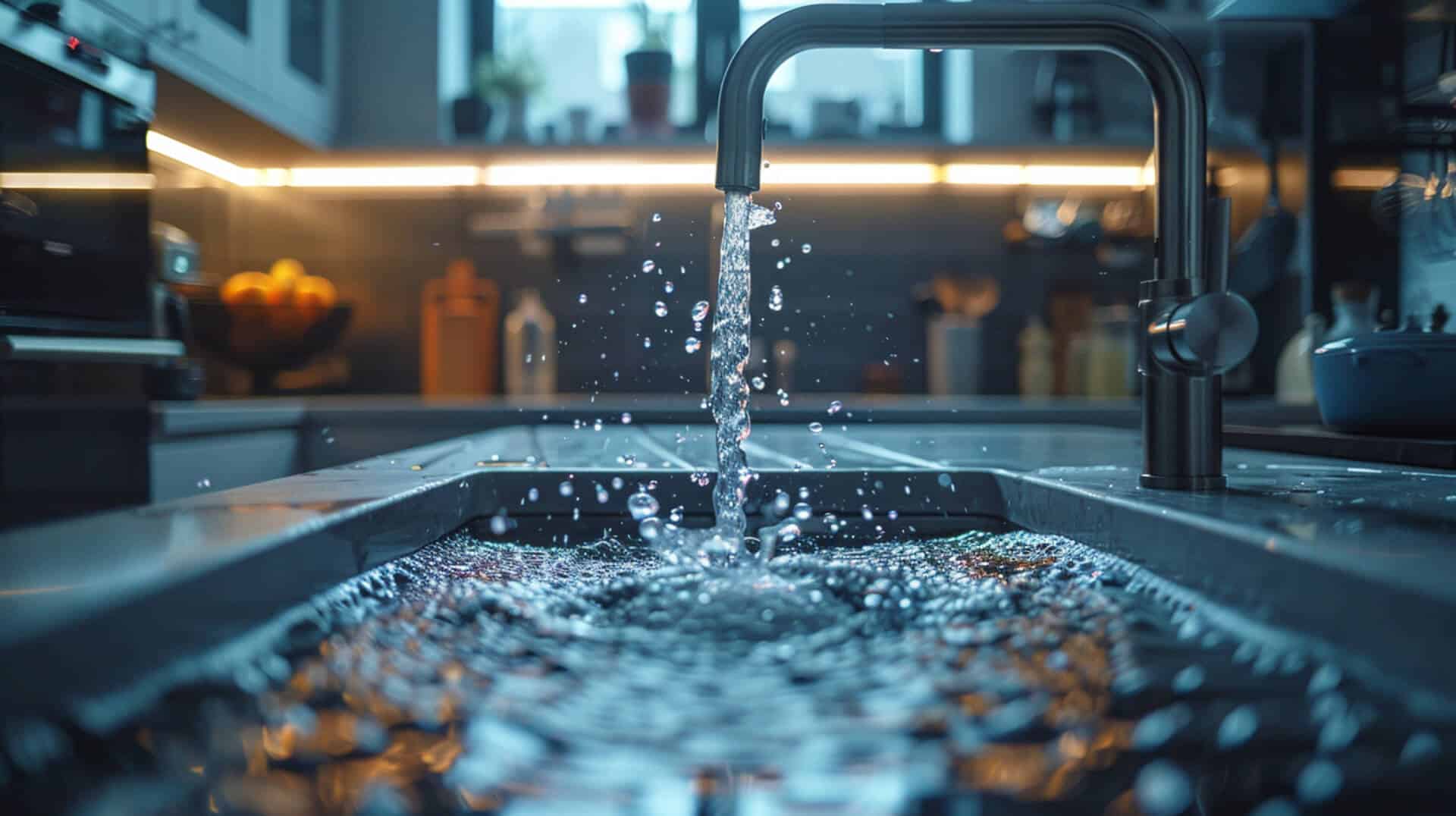
Selecting a professional descaling service is a decision that can significantly impact the longevity and efficiency of your property’s plumbing system. When choosing a service provider, it is important to consider several key criteria to ensure that your drainage pipes receive the best possible care.
Criteria for Selecting a Descaling Service
When evaluating potential descaling services, you should consider:
- Experience: Look for providers with a proven track record of successfully descaling pipes similar to those in your property.
- Certifications: Ensure the service is certified and adheres to industry standards.
- Insurance: Verify that the service provider is insured to protect against any accidental damage during the descaling process.
Importance of Experience
A provider’s experience is crucial because:
- Experienced professionals are more likely to accurately diagnose issues and select the most effective descaling method.
- They can draw on past projects to anticipate and mitigate potential complications.
Emergency Response Capabilities
Emergency response is a critical factor because:
- Plumbing issues can escalate quickly; a service’s ability to respond promptly can prevent extensive damage.
- Providers with 24/7 emergency services offer peace of mind that help is available when needed.
Comprehensive Service Offerings
Comprehensive services ensure that:
- The provider can handle a wide range of plumbing issues beyond descaling, offering a one-stop solution for all your maintenance needs.
- They are equipped with the latest tools and technology to perform descaling efficiently and effectively.
By carefully considering these factors, you can choose a professional descaling service that will maintain the health of your plumbing system and prevent future issues.
Environmental Considerations in Pipe Descaling

In the process of maintaining plumbing systems, environmental considerations are becoming increasingly important. Property managers and owners are encouraged to prioritise non-toxic methods for descaling to minimise environmental impact.
Non-Toxic Descaling Methods
Natural descaling methods offer a safer alternative to chemical cleaners:
- Hot Water: Often used to flush out mild buildup without any chemical residue.
- Vinegar and Baking Soda: These household items can create an effervescent reaction that helps break down organic matter and light mineral deposits.
Comparing Environmental Impacts
The environmental impacts of descaling methods vary significantly:
- Chemical Cleaners: Can contain substances that may harm aquatic life and disrupt water quality if not properly treated before disposal.
- Natural Methods: Tend to be biodegradable and less harmful to the environment, making them a preferable choice in many situations.
Property Owners’ Role in Environmental Preservation
Property owners can contribute to environmental preservation by:
- Choosing environmentally friendly descaling products and services.
- Implementing regular maintenance schedules to reduce the frequency and intensity of descaling, thereby lessening the need for harsh chemicals.
- Educating themselves and their maintenance staff on the best practices for sustainable plumbing system care.
By considering the environmental impact of their descaling choices, property managers and owners play a part in promoting a healthier ecosystem.
Understanding the Descaling Process
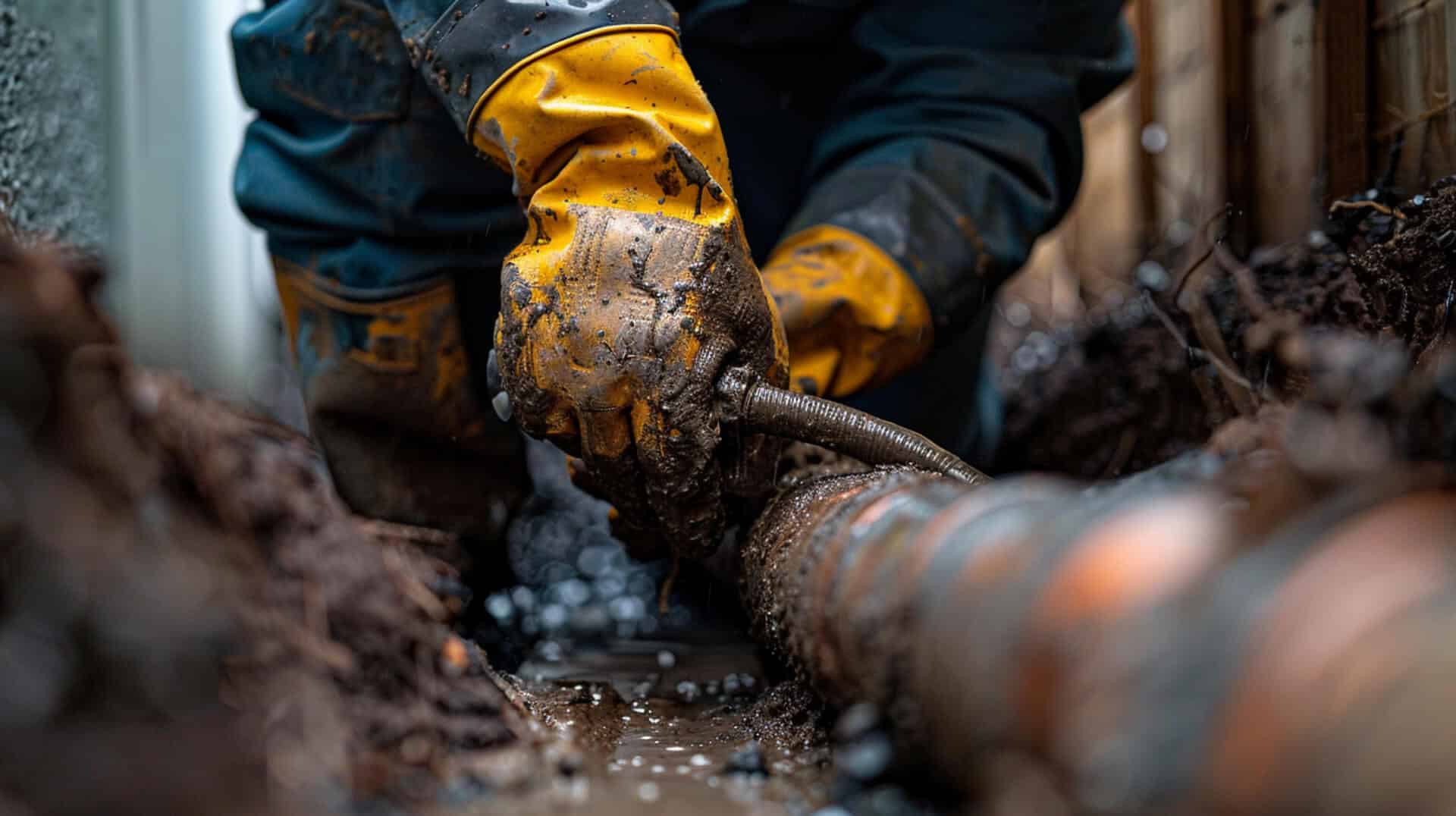
Comprehending the descaling process is vital for effective property management. Descaling is not merely a reactive measure for plumbing issues but a proactive strategy to maintain system health.
Proactive Descaling and System Longevity
Proactive descaling contributes to the longevity of plumbing systems by:
- Preventing the accumulation of mineral deposits that can lead to blockages and corrosion.
- Ensuring that water flow and pressure are maintained at optimal levels.
- Reducing the likelihood of costly emergency repairs due to unexpected system failures.
Key Takeaways for Property Management
For property owners, business owners, and facility managers, the key takeaways include:
- Recognising the signs of scale buildup and the need for timely descaling.
- Understanding the various descaling methods and selecting the most appropriate one for their plumbing system.
- Appreciating the importance of safety and efficiency in the descaling process.
Enhancing Property Value and Functionality
Adopting best practices in descaling can enhance property value and functionality by:
- Ensuring that plumbing systems operate efficiently, providing reliable service to occupants.
- Protecting the infrastructure from damage caused by scale buildup, thereby extending the life of the system.
- Demonstrating a commitment to property maintenance, which can be a selling point for potential buyers or tenants.
